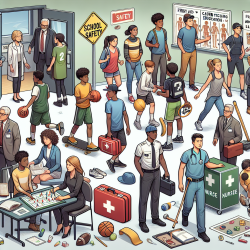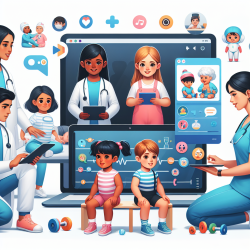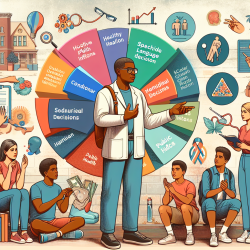Understanding the Impact of Socioeconomic Status on School Injuries
In the realm of educational settings, especially in Career and Technical Education (CTE) programs, the socioeconomic status (SES) of students can significantly influence not just their educational outcomes but also their health and safety. Recent research titled "Injury Surveillance and Associations with Socioeconomic Status Indicators among Youth/Young Workers in New Jersey Secondary Schools" sheds light on this critical issue.
Key Findings from the Research
The study, conducted over a span of 15 years, explored the association between SES and work-related injuries among adolescents in New Jersey's secondary schools. The research utilized data from the New Jersey Safe Schools Program, which is the only U.S. state law-based surveillance data for young workers.
- Statistical Associations: The study found significant associations between SES and injury cause, as well as SES and injury treatment setting. Students from low SES schools were more likely to be treated at hospital emergency departments than those from high SES schools.
- Injury Treatment Disparities: Despite controlling for injury severity, students from lower SES backgrounds had increased odds of receiving treatment in hospitals, suggesting potential disparities in healthcare access or school policies.
- Use of Personal Protective Equipment (PPE): The study also examined PPE usage, revealing that low SES schools reported less frequent and possibly incorrect use of PPE, which could contribute to higher injury rates.
Implications for Practitioners
For practitioners working in school settings, these findings highlight the need for targeted interventions and policy changes to address the disparities in injury treatment and prevention:
- Enhanced Training: Implement comprehensive safety training programs that emphasize the correct use of PPE, especially in low SES schools.
- Policy Advocacy: Advocate for policies that ensure equitable access to healthcare facilities and resources for all students, regardless of their SES.
- Data-Driven Decisions: Utilize data from injury surveillance systems to identify trends and tailor interventions that address the specific needs of different SES groups.
Encouraging Further Research
The study underscores the importance of further research to explore the root causes of these disparities and to develop effective strategies for reducing injury rates among students in CTE programs. By understanding the nuanced relationship between SES and injury outcomes, practitioners can better support the health and safety of all students.
To read the original research paper, please follow this link: Injury surveillance and associations with socioeconomic status indicators among youth/young workers in New Jersey secondary schools.










